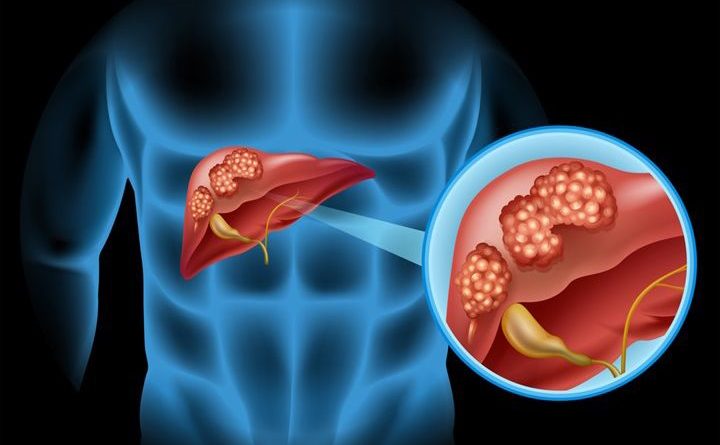When health care professionals make any diagnosis of cancer it is taken seriously due to the severe and possibly life-threatening complications that may come with the disease. Patients are not typically screened for liver cancer, although those with high risks of developing it may be screened. High-risk patients include people with chronic hepatitis, alcoholics, and those who have hemochromatosis or cirrhosis.
Meeting with Your Doctor
The first stage of diagnosing liver cancer often happens during an in-office visit with your doctor. Symptoms are recorded, other causes of liver dysfunction are ruled out, and an examination is performed. Blood tests that may be taken at this time include a liver function test, blood-clotting test, viral-hepatitis test, a complete blood count, and possibly a kidney function test. If further examinations and testings are needed, your doctor will send you to a hospital specialist for screenings that involve more blood tests, ultrasounds, and imaging tests.
The blood tests are used to see if there are tumor markers that indicate the presence of cancer. Elevated levels of iron, as well as abnormal, increased levels of alpha-fetoprotein (AFP), can both be indicative of liver cancer. Imaging and ultrasound tests are done to get an inside look at the body to detect if there are tumors in the liver, possible cancerous tissues, and, if cancer is present, to determine the spread and stage of the the cancer.
Meeting with an Oncologist
If the testing indicates that you have liver cancer, you will be referred to an oncologist to oversee your care. Further testing will be done, as each person is unique and each circumstance is different. Additional testing can include some of the following: computed tomography (CT), magnetic resonance imaging (MRI), angiography, bone scans, laparoscopies, and biopsies.
The CT scan is an x-ray test that has proven helpful in identifying many different tumors in the liver or elsewhere in the abdomen, right down to the size, shape, and position of the tumors. MRI scans use different waves than CT scans, and MRIs are able to give detailed information about the soft tissues in the body and benign or malignant tumors.
An oncologist is also able to determine if cancer has spread. An angiography looks at the blood vessels to see if they are supplying blood to the cancer or not. A bone scan may be done to see if it may have spread to the bones. A laparoscopy procedure involves inserting a camera through the abdomen to determine the stage of the cancer and plans for future surgeries. A biopsy is the removal and examination of tissue to determine if it is cancerous.
Conclusion
During the diagnosing process, you will have several experts by your side. Your doctor, oncologist, surgical doctors, radiation oncologists, and specialized pathologists will work together to create a customized treatment plan will fit your needs and wishes.
Featured Image Source: DepositPhotos / © blueringmedia








